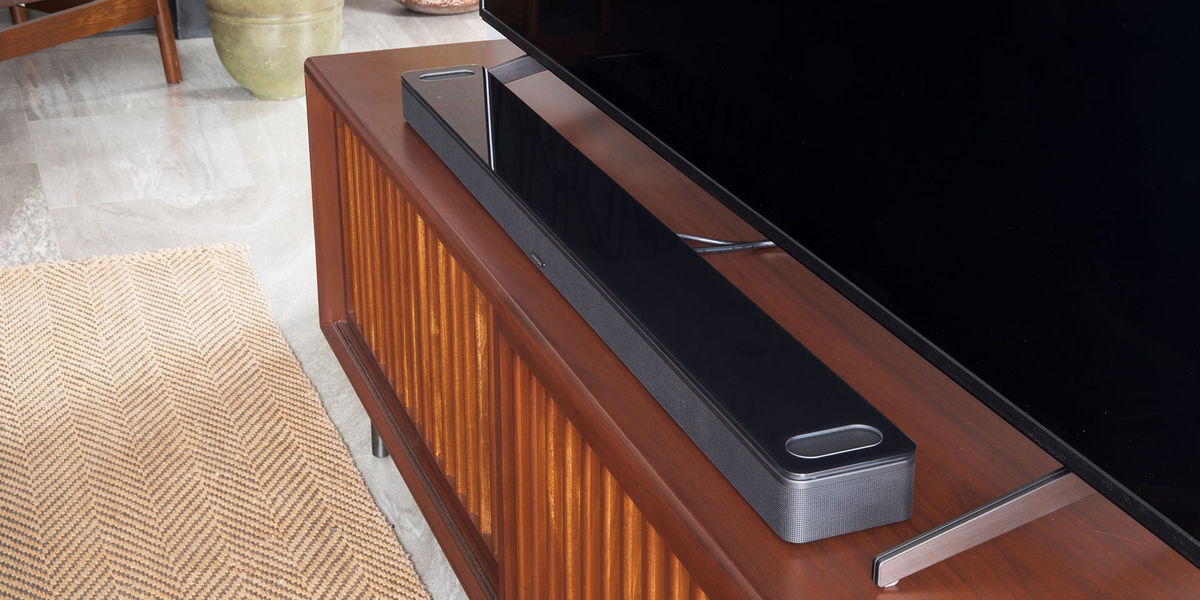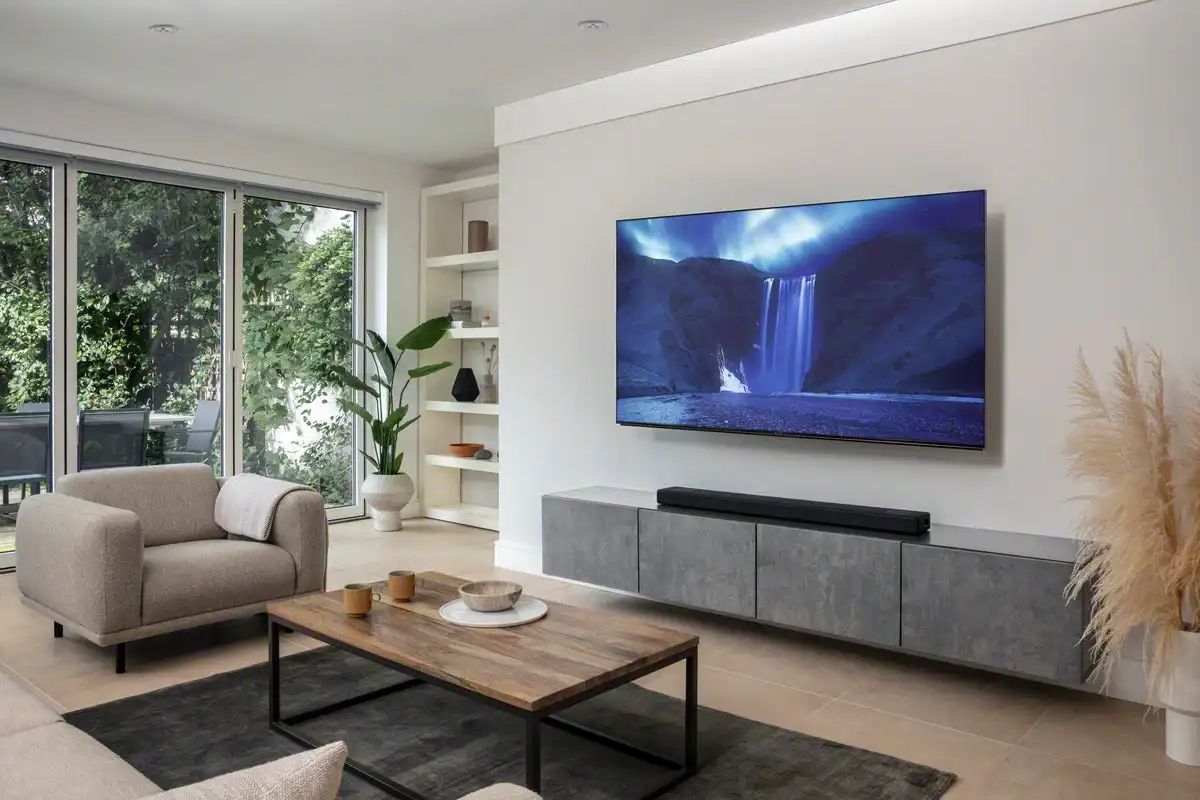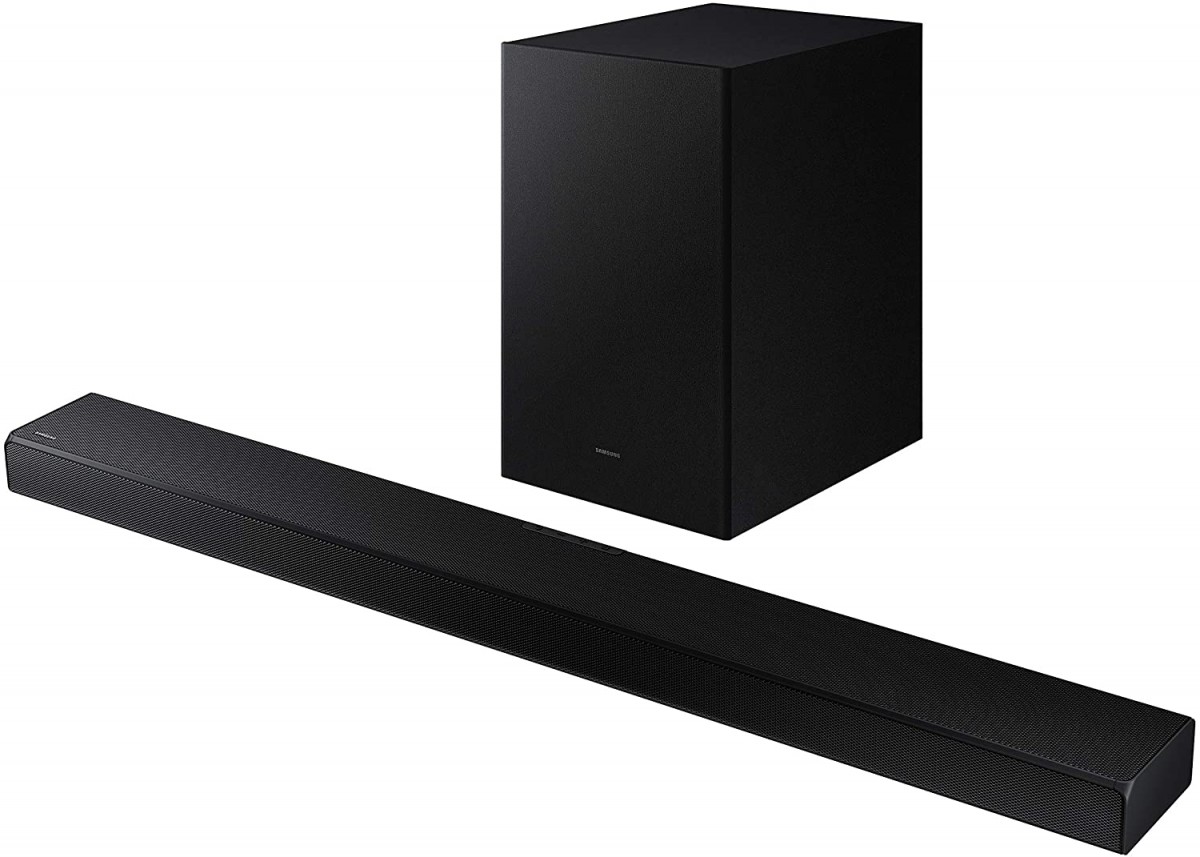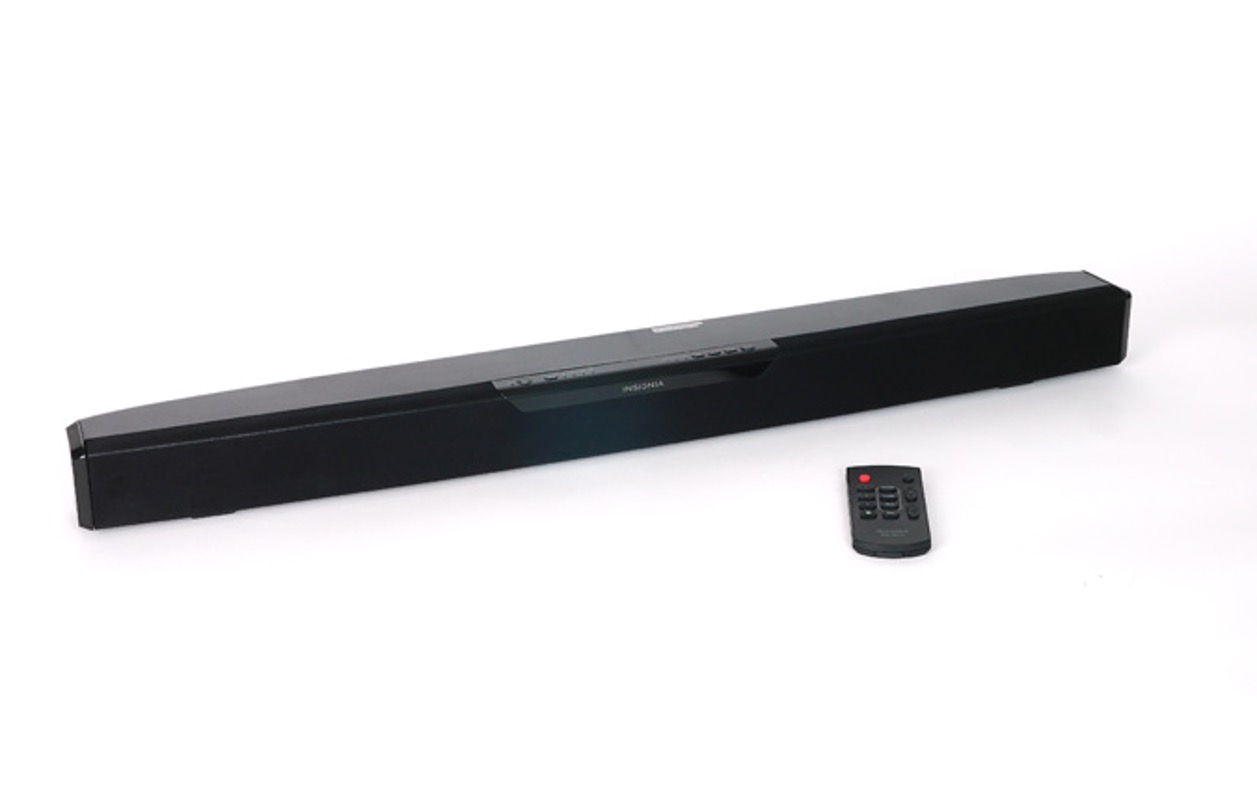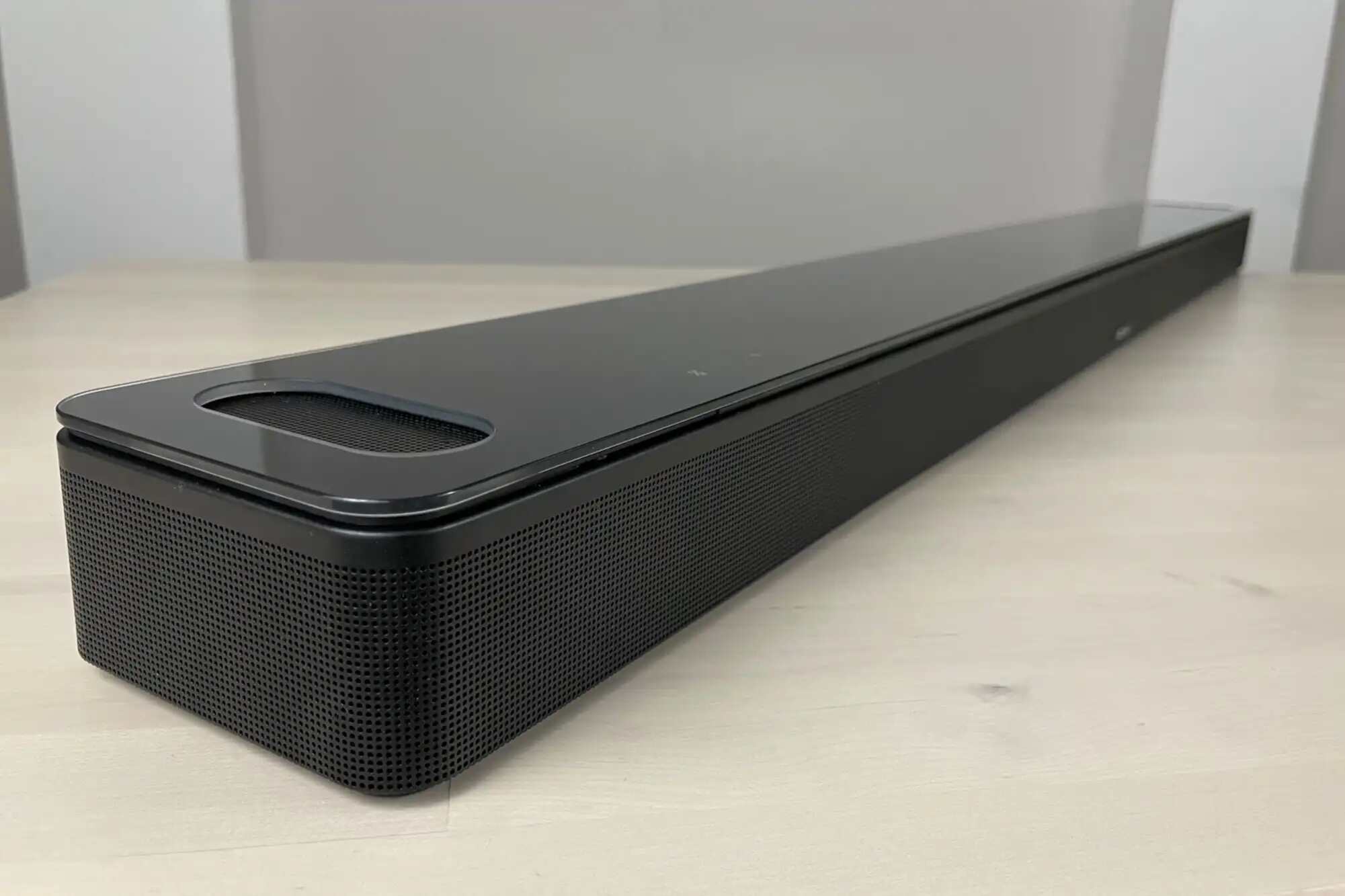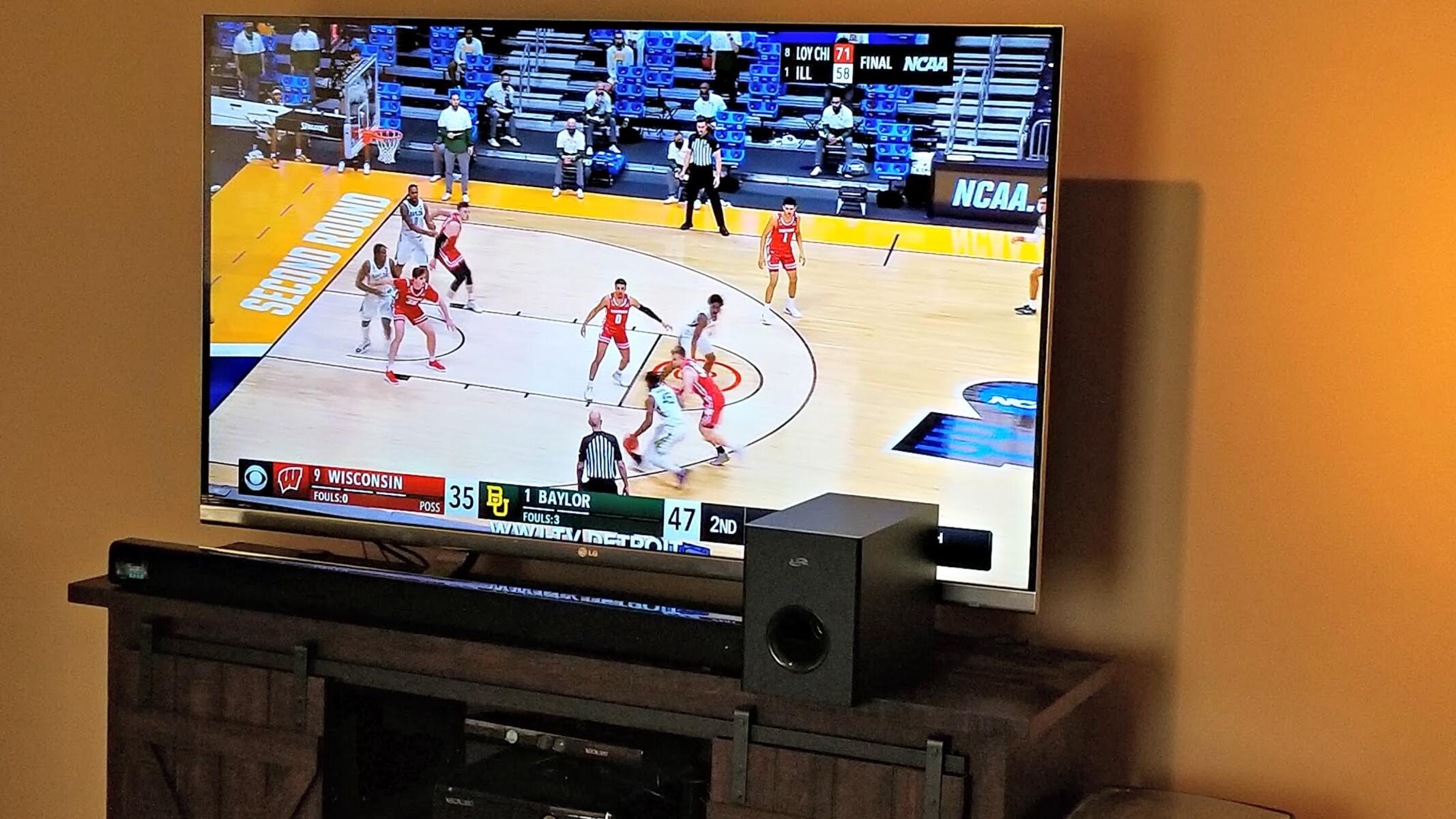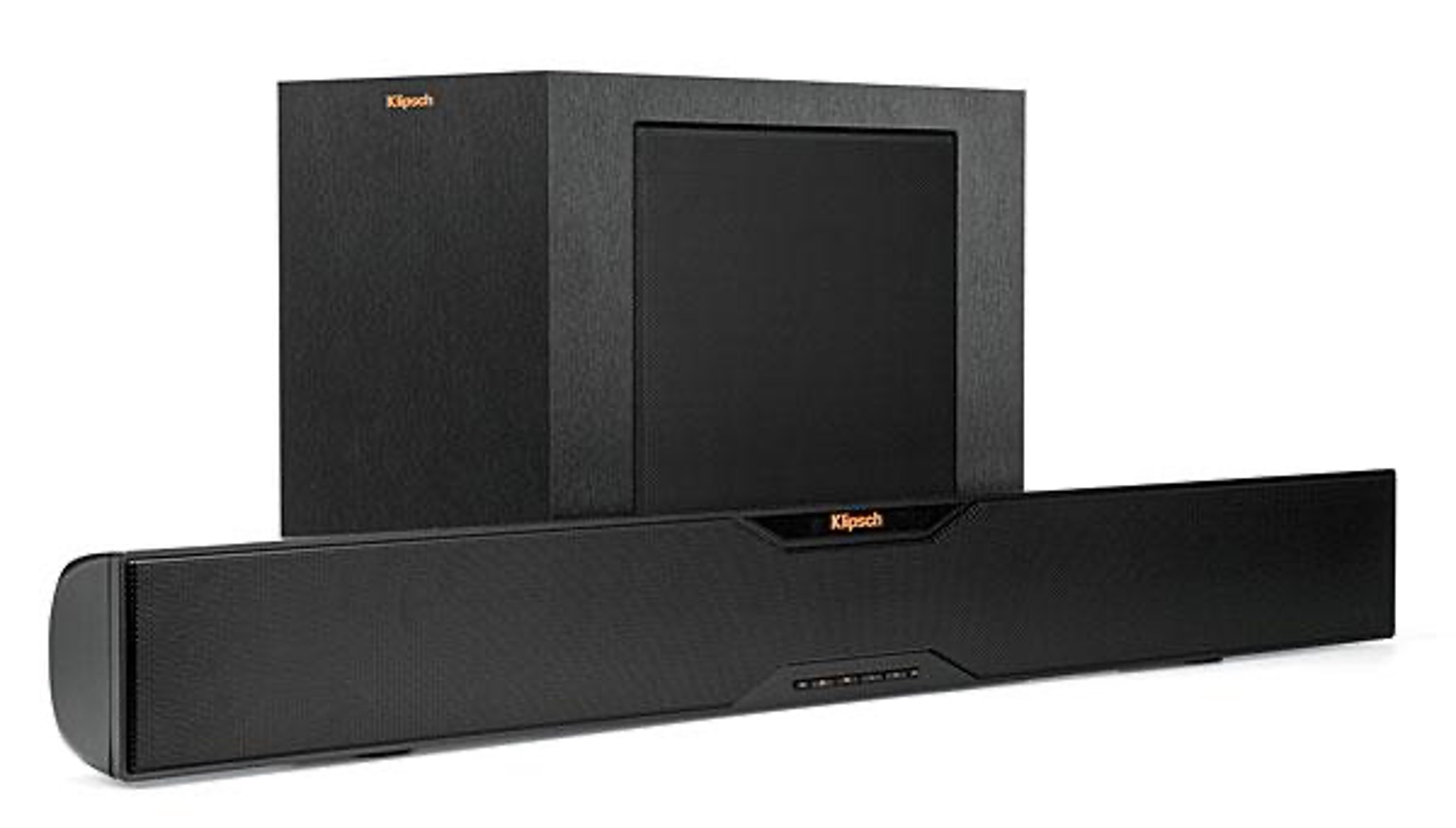Introduction
A soundbar is a popular audio device that enhances the audio experience by delivering immersive sound quality. Whether you’re listening to music, enjoying a movie, or playing games, the treble setting on a soundbar plays a crucial role in shaping the sound profile. Understanding what the treble setting does and how to adjust it can greatly enhance your audio experience.
The treble setting on a soundbar controls the high-frequency sounds, including vocals, cymbals, and higher-pitched instruments. It allows you to adjust the level of sharpness, brightness, and clarity in these sounds. By increasing or decreasing the treble, you can customize the audio output to match your preferences and optimize it for different genres of music or types of content.
Adjusting the treble goes beyond personal preference; it can also significantly impact how you perceive the audio. A well-adjusted treble can bring out the subtleties in music and enhance the clarity of dialogue in movies and TV shows. On the other hand, an improperly set treble can lead to distortion, harshness, or a lack of detail in the audio.
While the treble setting can greatly enhance the audio experience, finding the optimal setting requires a bit of experimentation. It’s important to consider various factors, such as the type of content you’re listening to, the acoustics of the room, and your personal taste in audio.
In this article, we will delve deeper into the importance of adjusting the treble on a soundbar and explore the different factors to consider when setting the treble. We will also share some valuable tips to help you find the ideal treble setting for your soundbar, maximizing your audio enjoyment. So, let’s embark on this sonic journey and discover the world of treble settings on soundbars.
Understanding the Treble Setting
The treble setting on a soundbar is responsible for controlling the high-frequency sounds in your audio. It primarily affects the clarity, brightness, and sharpness of these high-pitched sounds. By adjusting the treble setting, you can fine-tune the balance between high and low frequencies, creating a more balanced and pleasing audio experience.
High-frequency sounds are produced by a variety of audio sources, such as vocals, pianos, cymbals, and higher-pitched instruments like the flute or violin. These sounds add detail and sparkle to the audio, bringing a sense of liveliness and dimension to your listening experience.
Increasing the treble setting amplifies the high-frequency sounds, making them more prominent in the audio mix. This can result in a brighter and more energetic sound, ideal for genres like pop, rock, or electronic music. It can also help bring out the intricate details in instrumental solos or high-pitched vocals, adding a sense of realism to your audio.
On the other hand, decreasing the treble setting reduces the intensity of the high-frequency sounds, resulting in a smoother and more laid-back audio profile. This can be beneficial for genres like jazz, classical, or acoustic music, where a warm and mellow sound is desired. It can also help reduce ear fatigue when listening to audio for extended periods.
Understanding the treble setting allows you to achieve the desired audio balance and tailor it to your specific preferences and listening environment. By experimenting with different treble settings, you can customize the audio output to match the content you’re enjoying and create an immersive and enjoyable audio experience.
Keep in mind that the optimal treble setting may vary depending on the soundbar model, the type of audio content, and even your personal hearing preferences. It’s important to familiarize yourself with the treble control on your soundbar and explore the different adjustment options it offers.
Now that we have a good understanding of what the treble setting does and how it affects the audio, let’s explore why it’s crucial to adjust the treble on your soundbar in the next section.
Importance of Adjusting Treble on a Soundbar
Adjusting the treble on a soundbar is crucial for several reasons. It not only allows you to personalize your audio experience but also ensures that you are getting the most out of your soundbar’s capabilities. Here are some key reasons why adjusting the treble is important:
1. Enhancing Clarity and Detail: The treble setting can significantly impact the clarity and detail in the audio. By adjusting the treble, you can bring out the subtle nuances in music, making instruments and vocals sound crisp and well-defined. This is especially important for genres that rely heavily on high-frequency sounds, such as classical music or vocal-focused tracks.
2. Optimizing Dialogue in Movies and TV Shows: When watching movies or TV shows, dialogue clarity is vital for a satisfying viewing experience. Adjusting the treble can help enhance the intelligibility of dialogue, making it easier to follow conversations and understand the storyline. This is particularly important when watching content with complex dialogue or accents.
3. Customizing Sound for Different Music Genres: Different music genres have varying levels of emphasis on high-frequency sounds. By adjusting the treble, you can tailor the soundbar’s output to match the genre you’re listening to. For example, increasing the treble can make rock or pop music sound more exciting with enhanced instrument presence, while reducing the treble can create a smoother and more laid-back audio profile for jazz or acoustic music.
4. Adapting to the Listening Environment: The acoustics of your listening environment can greatly influence the audio quality. By adjusting the treble, you can compensate for any deficiencies in the room’s acoustics and optimize the soundbar’s performance. For example, if you have a room with hard surfaces that tend to amplify high frequencies, you may want to lower the treble to avoid a harsh or overly bright sound.
5. Personalizing the Audio Experience: Everyone has different preferences when it comes to audio. Adjusting the treble allows you to personalize the sound signature to suit your individual taste. Whether you prefer a more vibrant and energetic sound or a smoother and more laid-back audio profile, adjusting the treble lets you tailor the soundbar’s output to match your preferences.
By taking the time to adjust the treble on your soundbar, you can unlock its full potential and enjoy a customized and immersive audio experience. The next section will explore the factors to consider when setting the treble on a soundbar.
Factors to Consider when Setting the Treble on a Soundbar
When setting the treble on your soundbar, there are several important factors to consider. These factors will help you achieve the optimal treble setting that suits your audio preferences and listening environment. Here are some key factors to keep in mind:
1. Content Type: The type of audio content you’re listening to plays a significant role in determining the ideal treble setting. For instance, music genres that rely heavily on high-frequency sounds, such as classical or electronic music, may benefit from a slightly higher treble setting to enhance the clarity and detail in the instruments and vocals. On the other hand, content with a strong emphasis on dialogue, such as movies or podcasts, may require a balanced treble setting to ensure clear and intelligible speech.
2. Room Acoustics: The acoustics of your listening room can greatly impact the sound quality. Factors such as room size, shape, and the presence of reflective surfaces can affect how sound is perceived. In rooms with hard surfaces that tend to reflect high frequencies, adjusting the treble lower can help mitigate any harshness or excessive brightness. Conversely, in rooms with softer surfaces or heavy curtains that absorb high frequencies, slightly increasing the treble can compensate for the loss of brightness.
3. Speaker Placement: The placement of your soundbar and other speakers in the room can also affect the treble response. Experimenting with different speaker positions and angles can help you find the sweet spot where the treble is well-balanced and evenly distributed throughout the room. Taking care to avoid placing speakers too close to walls or obstacles can minimize unwanted reflections and improve treble clarity.
4. Personal Preference: Adjusting the treble on your soundbar is ultimately a matter of personal preference. Some individuals prefer a brighter sound with more emphasis on high frequencies, while others prefer a smoother and more laid-back audio profile. Consider your own listening preference and experiment with different treble settings to find the balance that appeals to your ears. Trusting your own perception of sound is key in finding the treble that best suits your tastes.
5. Source Quality: The quality of the audio source can impact the treble response of your soundbar. Higher quality audio files or streaming services with better audio compression can provide more detailed and balanced sound. Conversely, lower quality sources may lack the necessary resolution and dynamics to reproduce high-frequency sounds accurately. Keep this in mind when adjusting the treble, as it may be necessary to fine-tune the settings based on the quality of the audio source.
Considering these factors when adjusting the treble on your soundbar will help you optimize the audio output and ensure a more enjoyable listening experience. In the next section, we will discuss how to find the ideal treble setting for different types of audio content.
Finding the Ideal Treble Setting for Different Audio Content
When it comes to finding the ideal treble setting on your soundbar, it’s important to consider the specific type of audio content you’re listening to. Different genres and formats require varying levels of treble to deliver an optimal listening experience. Here are some guidelines to help you find the ideal treble setting for different types of audio content:
1. Music: For music, the treble setting can greatly impact the overall sound quality and character. Here are some general recommendations based on music genres:
- Rock, Pop, and Electronic: These genres often benefit from a slightly higher treble setting to enhance the energy and presence of instruments and vocals.
- Jazz and Classical: These genres often prioritize a balanced and natural sound, so a moderate treble setting is typically appropriate to maintain clarity without overpowering the warmth of the instruments.
- Acoustic and Folk: These genres tend to have a more laid-back and intimate sound, so a slightly lower treble setting can help create a smoother and more mellow sound signature.
Keep in mind that these recommendations can vary depending on personal preferences and the specific recordings within each genre. It’s always a good idea to experiment with different treble settings to find what works best for your favorite music.
2. Movies and TV Shows: Dialogue clarity is paramount when watching movies and TV shows. Adjusting the treble to ensure clear and intelligible speech is essential. Here are some tips:
- Center Channel Emphasis: Many soundbars have a dedicated center channel speaker that reproduces dialogue. Increasing the treble on the center channel can help enhance the clarity and presence of speech.
- Bass-Treble Balance: In addition to dialogue, movies often have dynamic sound effects and music. Maintaining a balanced treble setting with the bass response can help ensure an immersive audio experience without sacrificing speech intelligibility.
Experimenting with the treble setting while watching different types of content can help you find the optimal balance between dialogue clarity and overall sound quality.
3. Podcasts and Audiobooks: Similar to dialogue in movies and TV shows, podcasts and audiobooks rely heavily on clear speech. A balanced treble setting that enhances vocal clarity without introducing harshness or sibilance is generally recommended for these types of content.
4. Gaming: Gaming audio can vary depending on the specific game and genre. However, in general, a slightly higher treble setting can help bring out the details in sound effects, footsteps, and environmental cues, enhancing the gaming experience. Adjusting the treble to suit the specific game’s audio design and your personal preferences can help create a more immersive and engaging gaming session.
Remember that these recommendations serve as starting points, and personal preferences may differ. It’s important to trust your ears and experiment with different treble settings to find what sounds best to you. Additionally, keep in mind that the quality of the audio source and the acoustics of your listening environment can also affect the treble response, so consider these factors when fine-tuning your treble setting.
In the next section, we will share some valuable tips to help you make the most out of the treble setting on your soundbar.
Tips for Setting the Treble on a Soundbar
When it comes to setting the treble on your soundbar, here are some helpful tips to ensure you achieve the best audio experience:
1. Start with a Neutral Setting: Begin by setting the treble to a neutral position or default setting recommended by the soundbar manufacturer. This allows you to have a baseline reference for the audio performance.
2. Adjust in Small Increments: When making treble adjustments, do so in small increments, such as one or two notches at a time. This allows you to hear the subtle changes and fine-tune the treble settings to your liking.
3. Use Reference Tracks: Have a collection of reference tracks across different genres that you’re familiar with. These tracks should have a good mix of instruments, vocals, and varying treble content. Play these tracks while adjusting the treble to get a better understanding of how different settings affect the overall sound quality.
4. Consider Room Acoustics: Take into account the acoustics of your room when adjusting the treble. Rooms with hard surfaces like glass or tile floors may require a slightly lower treble setting to avoid excessive brightness or harshness. Conversely, rooms with softer surfaces like carpeting may benefit from a slightly higher treble setting to compensate for potential absorption.
5. Listen from Different Positions: When adjusting the treble, listen to your soundbar from different positions in the room. This will help you identify any changes in treble response due to acoustic reflections or speaker placement. Aim for a consistent treble balance from various listening positions.
6. Take Breaks and Listen with Fresh Ears: Our ears can become accustomed to certain sound profiles over time. To ensure accurate treble adjustments, take breaks between adjustments and listen with fresh ears. This will help you make more objective decisions when fine-tuning the treble setting.
7. Use EQ or Music Presets: Many soundbars offer additional equalizer (EQ) settings or music presets that are specifically designed to enhance certain genres or audio content. Explore these options to see if any pre-configured treble settings align with your listening preferences.
8. Trust Your Hearing Preference: Ultimately, trust your own hearing preference. Audio experience is subjective, and what sounds best to you may differ from others. Adjust the treble until you achieve a balanced and pleasing sound that suits your personal taste.
By following these tips, you can optimize the treble setting on your soundbar and create a personalized audio experience that enhances your enjoyment of music, movies, and games.
Now that you have a better understanding of the treble setting and how to adjust it, let’s wrap up this article with a brief summary in the next section.
Conclusion
Adjusting the treble setting on your soundbar is a critical step towards achieving an optimal audio experience. By understanding the role of treble in shaping high-frequency sounds and considering factors such as content type, room acoustics, and personal preferences, you can fine-tune the treble to suit your audio needs.
Whether you’re listening to music, watching movies, enjoying podcasts, or gaming, finding the ideal treble setting can greatly enhance the clarity, detail, and overall enjoyment of the audio. It allows you to customize the soundbar’s output to match the specific genre, optimize dialogue intelligibility, and adapt to various listening environments.
Remember to start with a neutral setting and make incremental adjustments while listening to reference tracks. Take into account the acoustics of your room, experiment with different listening positions, and trust your own hearing preference. Utilizing EQ or music presets, if available, can further enhance your treble adjustments.
Ultimately, the goal is to achieve a balanced sound that reflects your personal taste and brings out the best in your audio content. By implementing the tips and considerations provided in this article, you can unlock the full potential of your soundbar’s treble setting and enjoy a truly immersive audio experience.
So go ahead, start fine-tuning the treble on your soundbar, and embark on a sonic journey that takes your audio enjoyment to new heights!







